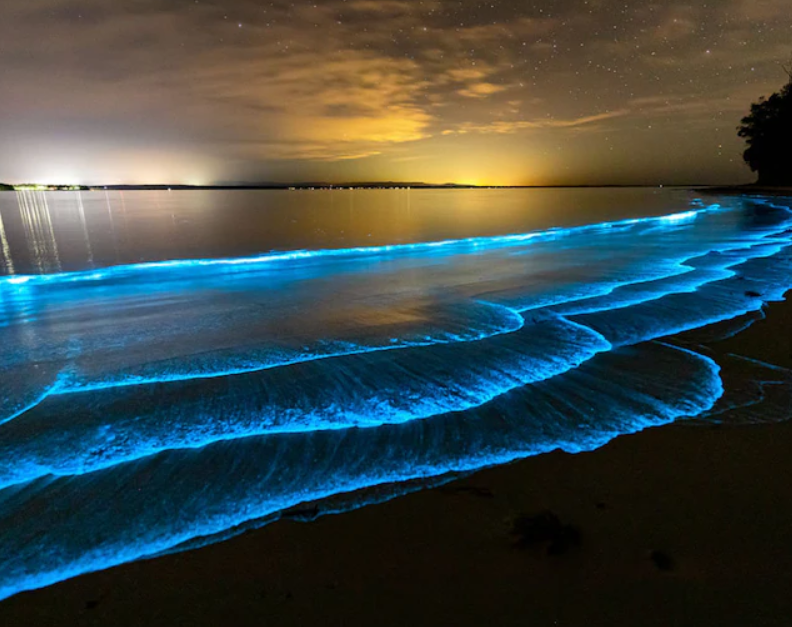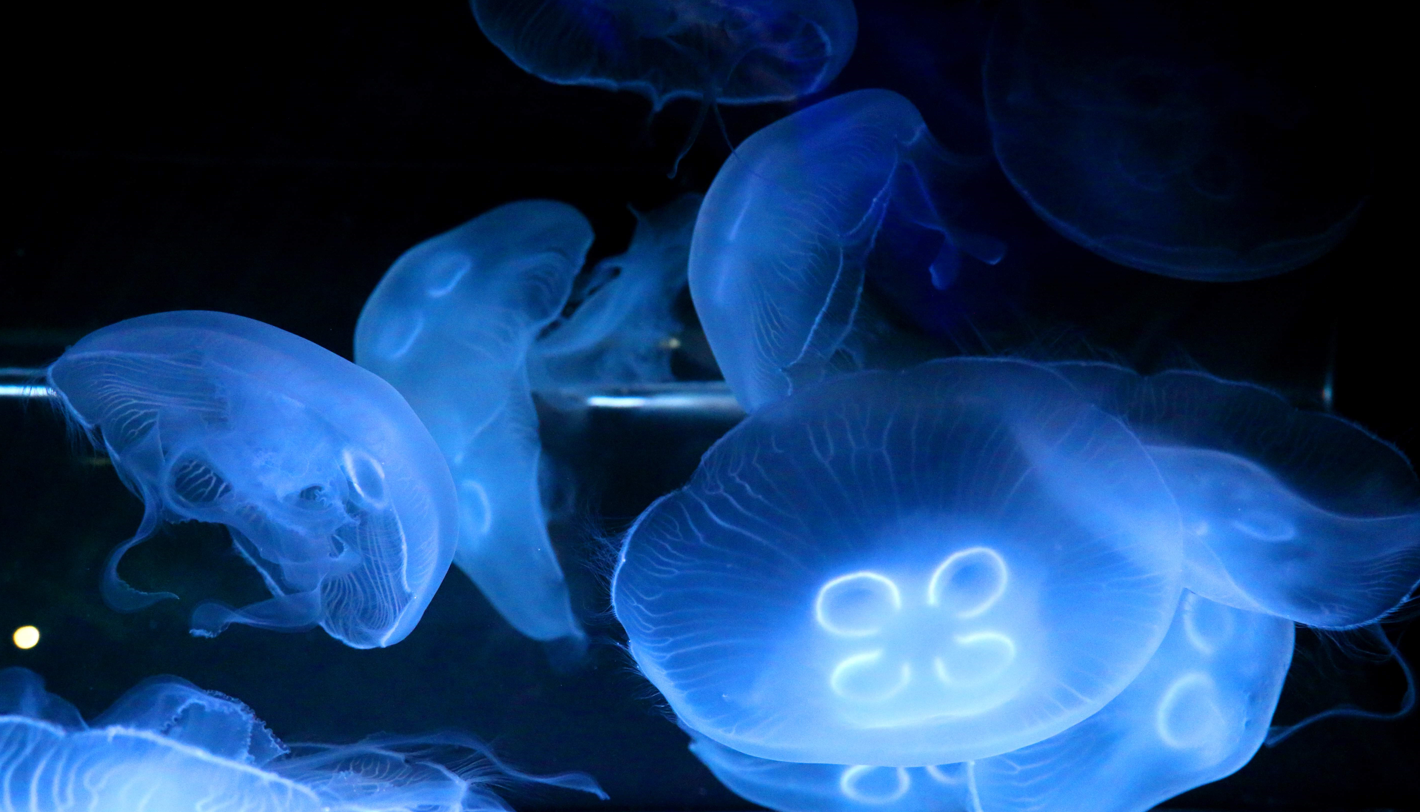Jellyfish are fascinating creatures that have captured the attention of scientists and nature enthusiasts alike. But have you ever wondered if jellyfish have organs? In this blog post, we will explore the anatomy of jellyfish and uncover the truth behind their internal structure.
What Makes Up a Jellyfish?
Although jellyfish may seem like simple organisms, they do have a basic internal structure. Unlike humans and other vertebrates, jellyfish lack a brain, heart, or bones. Instead, their bodies are composed of a gelatinous substance called mesoglea, which gives them their characteristic jelly-like appearance.
Within the mesoglea, jellyfish have a central cavity known as the gastrovascular cavity. This cavity serves multiple functions, including digestion, respiration, and excretion. It acts as both a stomach and a lung, allowing the jellyfish to absorb nutrients and oxygen from the surrounding water.
Specialized Structures
While jellyfish may not have traditional organs, they do possess specialized structures that help them survive and thrive in their aquatic environment. These structures include:
Tentacles: Jellyfish have long, slender tentacles that trail behind them as they move through the water. These tentacles are equipped with stinging cells called nematocysts, which they use to capture prey and defend themselves against predators.
Rhopalia: Located at the base of the jellyfish's tentacles, rhopalia are sensory structures that contain light-sensitive organs called ocelli. These ocelli allow the jellyfish to detect changes in light intensity and orientation, helping them navigate their surroundings.
Statocysts: Jellyfish also have statocysts, which are small, fluid-filled sacs that contain tiny calcium carbonate crystals. These crystals act as gravity sensors, allowing the jellyfish to maintain their balance and orient themselves in the water.
Conclusion
While jellyfish may not have organs in the traditional sense, they do possess specialized structures that enable them to survive and thrive in their aquatic habitats. Their unique anatomy, including the gastrovascular cavity, tentacles, rhopalia, and statocysts, allows them to capture prey, navigate their surroundings, and maintain balance.
Next time you encounter a jellyfish, take a moment to appreciate the remarkable adaptations that allow these creatures to exist in the vast oceanic ecosystem.


